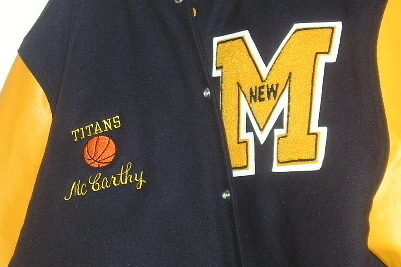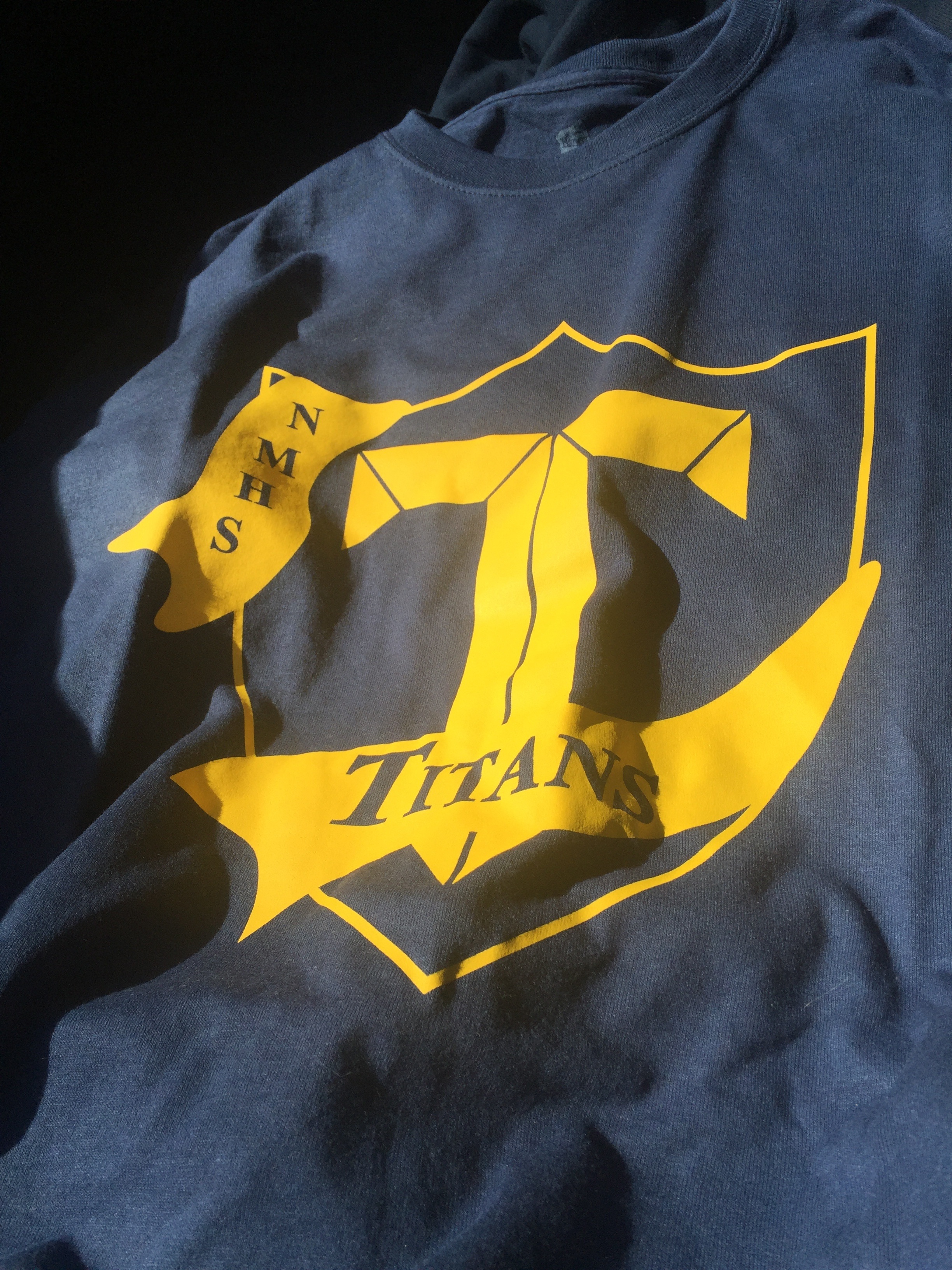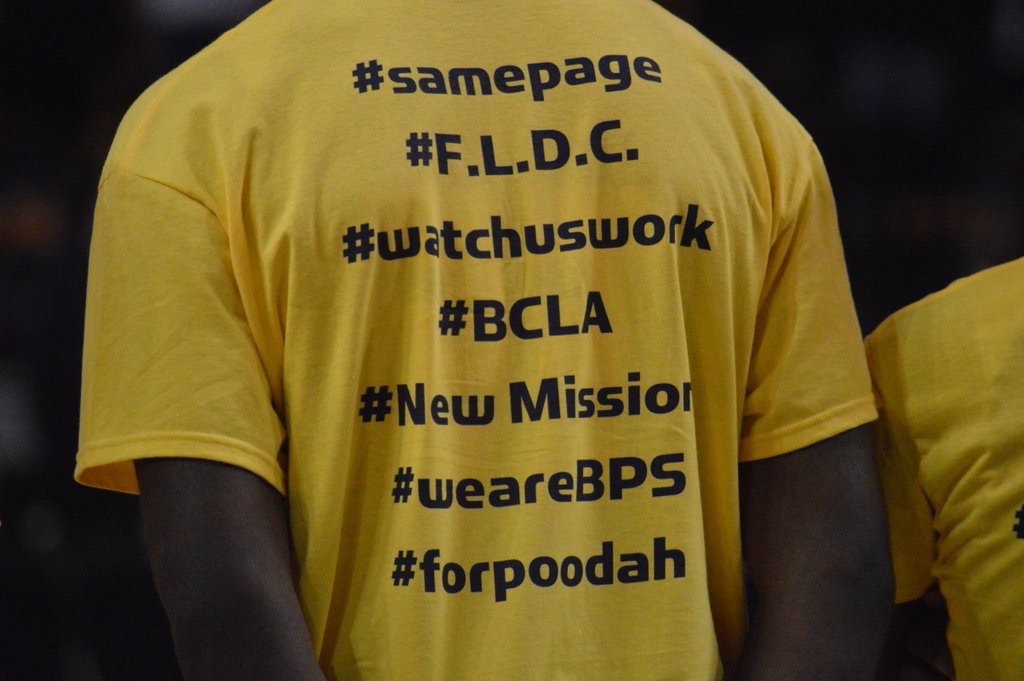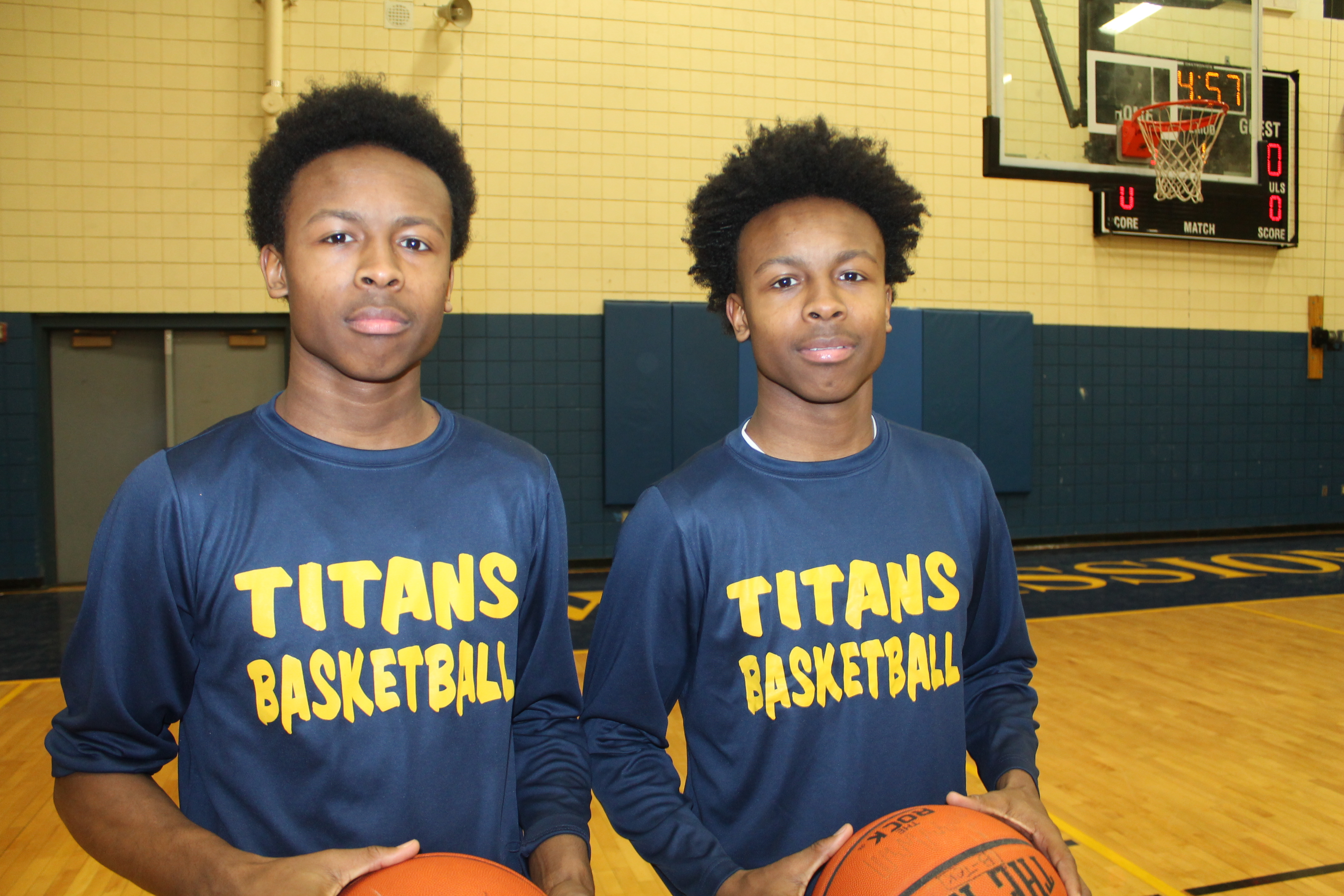Increase Sponsorship Opportunities by Branding Your Athletic Department

High School Director of Operations Cory McCarthy explains how a strong team brand can help secure sponsorships and create a sense of community during a disconnected time.

I wanted the guys working on the broken manholes in town wearing “New Mission” on their chests. I wanted the little kids at the laundromat rocking a t-shirt three sizes too big, repping the blue and yellow. I even wanted the politician, who needed a talking point, to feel as if they were connected to our little program in Boston. The program with no elevator, no PA system and no cafeteria. (Thankfully, we’ve upgraded since then.)
But how could I get anyone to believe in a tiny school of 250 kids without a gym, history or tradition? The answer is identity. We connected every rally cry and team mantra to the identity of our program. We made it infectious. We played as a team, discussed as a team, and acted as a team. That team-first approach made us attractive for anyone looking to support young scholars chasing college and hungry for wins.
And I’ll tell you what, the basketball gods are something else. With our established identity, we won. We won character. We won culture. We won in the classroom. And we started winning on the court too. Once we started winning games, we increased our visibility with another order of t-shirts—200 this time. We hopped into neighborhood parades and created a social media identity based on our feel-good story.


We got support from the Boston Police Department who bought meals for our players. We quickly mobilized to support local city councilors, who helped us secure more shirts. Then we solicited organizations with interests in other sports. We were able to convince them basketball was the most popular sport in the city. And our data, which showed 90 percent of our players attended 4-year schools after graduating, didn’t hurt either.
These exclusive team sponsorships, in turn, brought even more brand confidence to our program and investors. The new t-shirts were no longer like the ones I once gave away. They now reflected the New Mission High School mantra: Family, Loyalty, Discipline, Character.
Not long after this, when we played St. Anthony’s (featuring the great Bob Hurley Sr.), it wasn’t New Mission High versus St. Anthony’s. It was two identities manifested and elevated by team sponsorships. Before the game tipped off, while the anthem was playing, I stood in front of a legend. I thought about how tough we had it years prior—how I once had to give a kid my Adidas sneakers at halftime because his shoes were beat to the tongue. And there we were, matched up with the greatest high school basketball coach of all time.
We got crushed. But after the game, Hurley said, “I can see why you guys are at this level.” It was because of our identity. Sponsorships come with proven, practiced and authentic team identity. It’s not something you can fake or pretend to model. It comes from a deep belief within the vision and bottom line of your program.
How to secure and maintain support and sponsorships.
- Start with you. The very first sponsor for every strong program should be the one who creates the vision and identity of the program. Coaches who spend their own money understand the desire, the need and the effort necessary to provide for their teams.
- Increase your visibility in the community to extend the lifespan of your relevance. Don’t be stingy—bless the kids, staff or churches with excess swag. Everyone wants to be a part of something positive and authentic.
- Be innovative. Why not travel to play the best programs? No one wants to support a program that doesn’t challenge itself to grow. When we got team jackets, I went to over 80 games and proudly wore my gear. Sticking out like a free Netflix account passcode in a Youtube comment section isn’t a bad thing.
- Practice your approach. Sponsorships can be transactional, so your squad should be ready to articulate the importance of support. On many occasions, we were asked to attend parties, fundraising events and speaking engagements to support those who have invested in us. Having an elevator pitch ready for these functions can help you gather even more support.
Build your case, deliver your case, live your case. Make it come alive, both in print and in your actions, and it’s guaranteed to make a huge difference for your athletes and your teams.
Cory McCarthy spent more than a decade coaching basketball. As Director of School Culture and Climate at New Mission High School, he has helped lead the school to being named the 2012 EdVestors’ School on the Move, 2013 National Blue Ribbon School for Improvement, and the 2017 Title One Distinguished School. McCarthy has represented Boston Public Schools at conferences such as ASUGSV Technology Summit in San Diego and COSEBOC in Boston, MA and New York, and has been a guest lecturer at Emerson College and UMASS Boston.



